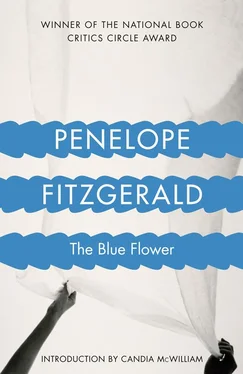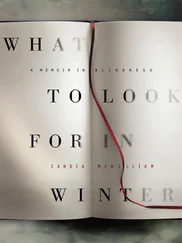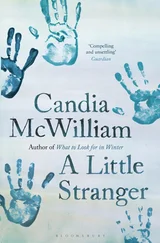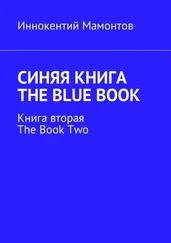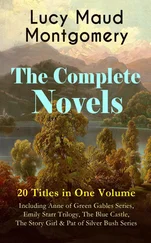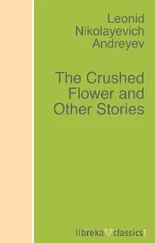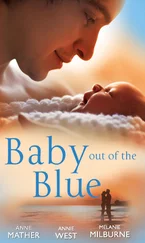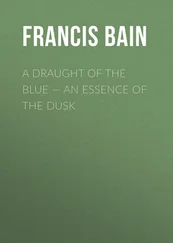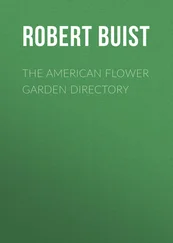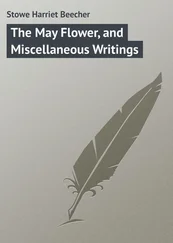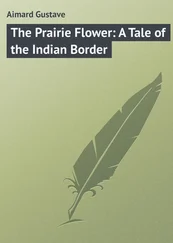She did not expect success, though she knew her own worth. Her writing career was not a usual one. She began publishing late in her life, around sixty, and in twenty years she published nine novels, three biographies and many essays and reviews. She changed publisher four times when she started publishing, before settling with Collins, and she never had an agent to look after her interests, though her publishers mostly became her friends and advocates. She was a dark horse, whose Booker Prize, with her third novel, was a surprise to everyone. But, by the end of her life, she had been short listed for it several times, had won a number of other British prizes, was a well-known figure on the literary scene, and became famous, at eighty, with the publication of The Blue Flower and its winning, in the United States, the National Book Critics Circle Award.
Yet she always had a quiet reputation. She was a novelist with a passionate following of careful readers, not a big name. She wrote compact, subtle novels. They are funny, but they are also dark. They are eloquent and clear, but also elusive and indirect. They leave a great deal unsaid. Whether she was drawing on the experiences of her own life – working for the BBC in the Blitz, helping to make a go of a small-town Suffolk bookshop, living on a leaky barge on the Thames in the 1960s, teaching children at a stage-school – or, in her last four great novels, going back in time and sometimes out of England to historical periods which she evoked with astonishing authenticity – she created whole worlds with striking economy. Her books inhabit a small space, but seem, magically, to reach out beyond it.
After her death at eighty-three, in 2000, there might have been a danger of this extraordinary voice fading away into silence and neglect. But she has been kept from oblivion by her executors and her admirers. The posthumous publication of her stories, essays and letters is now being followed by a biography ( Penelope Fitzgerald: A Life , by Hermione Lee, Chatto & Windus, 2013), and by these very welcome reissues of her work. The fine writers who have provided introductions to these new editions show what a distinguished following she has. I hope that many new readers will now discover, and fall in love with, the work of one of the most spellbinding English novelists of the twentieth century.
Penelope Fitzgerald, in an all-too-short autobiographical piece entitled ‘Curriculum Vitae’, writes that she could ‘honestly say that I never shell peas in summer without thinking of Ruskin and of my grandfather’. That grandfather, like the one on her father’s side, was a bishop who ‘had started out with next to nothing’. He fell under the influence of Ruskin, who would describe, ‘with keenest relish’, the joy of shelling peas – ‘the pop which assures one of a successful start, the fresh colour and scent of the juicy row within, and the pleasure of skilfully scooping the bouncing peas with one’s thumb into the vessel by one’s side’.
That description embodies the physical processes, the mental sequence and, always present with Penelope Fitzgerald, the effect upon the spirit that come with the playing of a phrase in music, the resolution of a mathematical problem or the manufacture of a satisfactory sentence. It has, too, a strict regard for several forms of veracity: practical, felt, aesthetic, metaphorical.
Of herself, Penelope Fitzgerald writes in the same essay, ‘Well, those were my ancestors and I should like to have lived up to them. I should like to have been musical, I should like to be mathematical, and above all I should like never to have told a lie.’ It’s interesting that the verb form changes with the desire to be mathematical, as though there were more hope of that, as though she dismisses outright the other two, acknowledging truthfully the impossibility of true truthfulness. As for living up to them …
The Blue Flower (1995), her last novel, burdened often, and very often by other novelists, including this one, with words as inexact and lumpy as ‘masterpiece’ and ‘genius’, addresses the short shining transit of the life of the philosopher and poet Friedrich von Hardenberg (1772–1801), later to take the name Novalis, author of Hymns to the Night and of a novel, Heinrich von Ofterdingen , that contains mention of ‘the blue flower’, an idea of profound importance to the philosopher-poets of that mind-crowded time and place. He was author of much more, work that strives (to put it over-simply) to reconcile observable phenomena with a sublime principle.
‘Mathematics is human reason itself in a form everyone can recognise. Why should poetry, reason and religion not be higher forms of Mathematics? All that is needed is a grammar of their common language.’ These thoughts are put in the mind of Hardenberg by Fitzgerald, who discovers in this book something approaching that common language, in its poetry, its reason and its spirit.
The eldest of a large family, Hardenberg appeared at the start to be dull but turned out to be quite brilliant. His life was full of such flips of transfiguration, dark to light to dark again. This making light out of the dark is repeatedly effected by Fitzgerald, who has turned into this novel his, definingly Romantic, life. She has kept throughout a certain Germanness of diction, acutely listened out for rather than inserted: articles sit in front of some proper nouns; no word or phrase is offered in the German without setting a crumb-trail worth following.
Penelope Fitzgerald is a novelist who elevates her readers through teaching them how to read her. She freely offers her own great intelligence to all her readers, as to her humblest protagonist. Her approach to her material is interior, never merely the stretching of an aestheticised membrane over prefigured event. To see her manuscript is to confirm what the finished artefact has told us: in her rounded yet italic hand, each letter sits in its row like a bead on the abacus of straight thought, doing the exact work its position and character demands. The miracle is that these beads are also as alive as peas, to be sown and set, fertile, tender, reaching, tenacious, and when harvested and dried down as hard as hail throwing itself at the window in the reader’s head. She does not strew effect, uses shock sparingly and administers it – often violently – through silence, a woven veil or a sideways unrequited look.
Hardenberg’s position in the minor Saxon nobility of the late eighteenth century had limited opportunities. His family had estates, a household, a respectable allocation of linen, duties, a nag or two, habits of generosity; not money. The father was a devout adherent of the Moravian Church, a Christocentric group of a certain spiritual climate, dwelling (in the words of Penelope Fitzgerald’s uncle Ronald Knox) with monotonous sentimentalism, ‘only less distressing in German than in English’, on the wound in Christ’s side.
Other modes of thought, though, are stirring, and not far off. At Jena, one of the universities attended by Hardenberg, Goethe walks along in plain view, an old man of over forty. Schelling, Hegel and Hölderlin lodge together. The philosopher Fichte and the Romantic Schlegel teach Hardenberg. Fichtieren , to romanticise Fichte-style, is a fashion among the students. At one point, there is a duelling accident. Two good-sized bits of finger are lopped off. Fritz’s medical student friend Dietmahler makes him carry the part-fingers for safekeeping in the ideal receptacle that is his mouth. One has a heavy ring. Can you unfeel that? The novelist has transmitted to the reader the very taste of subjectivity.
Hardenberg was sent to learn from Kreisamtmann Coelestin Just the business of overseeing the processes of the mining of salt, in order to make a living beyond that of the savourless life of a writer-scholar. By this point he already has the intermittent transformative sense that beauty is where it falls; that everything is illuminated.
Читать дальше
